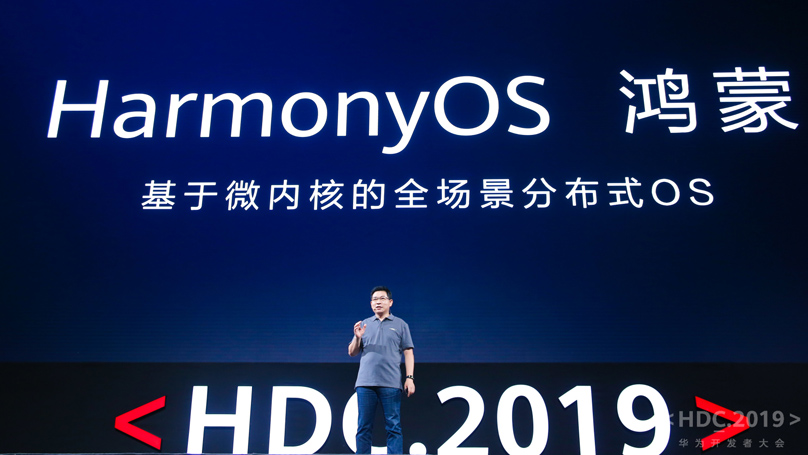Xiaomi Prepares Unified OS As Huawei Cuts Off Android

Xiaomi’s HyperOS brings together smartphones and connected devices, while Huawei’s HarmonyOS Next removes Android support
Chinese gadget maker Xiaomi has introduced an operating system bringing together its wide range of products, from smartphones to washing machines, ahead of the launch of a Xiaomi-branded car.
The move comes as Huawei said it would release a new version of its own HarmonyOS system that would no longer support Android apps.
Xiaomi’s HyperOS system is billed as a combination of its own customised version of Android, called MIUI, and its proprietary Vela operating system, launched three years ago, which drives connected devices such as wristbands, smart watches, speakers, home appliances and sensors.
The Beijing-based company said HyperOS was a “human-centric” OS that would allow all its devices to be managed under a single software range.

Gadget launch
It is to come pre-installed on the Xiaomi 14 range of smartphones, along with new smartwatches, televisions and other products aimed at the Chinese mainland market, all of which the firm is launching on Tuesday.
“The system marks a pivotal move forward in Xiaomi’s strategic vision of delivering the ‘Human x Car x Home’ smart ecosystem,” Xiaomi said in a statement.
Chief executive and founder Lei Jun said last week Xiaomi planned to release a car in the first half of next year, without providing further details.
Meanwhile Huawei said its HarmonyOS Next, set for release next year, would cease support for Android apps, as the company seeks to distance itself from Google’s software ecosystem.
HarmonyOS Next
Huawei released HarmonyOS in August 2019 after the firm was placed on the US Entity List, which cut off its access to US goods and services without a government licence, including access to Android apps and services such as the Play Store.
The company continued to have access to the Android Open Source Project (AOSP) and has continued to support the use of Android apps on its phones up to now, even as it pushed users toward its own app store and HarmonyOS apps.
At a launch event for HarmonyOS 4 in September the company said more than 700 million devices run on the operating system, with more than 2.2 million third-party developers creating apps for it.
However the ecosystem is tiny in comparison to that of Android, which had about 70 percent of the worldwide mobile OS market in September, according to StatCounter.